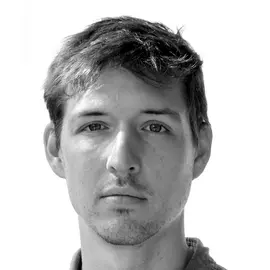Phosphorus in fish farms
Description
Phosphorus is one of the most important emission parameters of fish farms, because phosphorus is the limiting element in freshwaters. If phosphorus enters the water body, even small amounts lead to strong plant and algal growth, which in turn causes a decline in biodiversity and a restriction in the use of habitats. It is therefore necessary to keep phosphorus emissions in the water body as low as possible. In the project, the technical feasibility of a method developed by the Aquaculture Systems Research Group to combine two processes in the operation of a fish farm recirculation system is investigated: phosphate precipitation and pH control. In this process, the recirculation water from the drum filter is fed into an internal phosphorus precipitation reactor (IPR), where phosphate is first precipitated with the addition of calcium hydroxide, and then separated with a sedimentation and/or filtration stage. The resulting strongly basic water can be continuously returned to the plant to raise the pH of the plant. Through this process, i) phosphorus emissions from a recirculation plant can be reduced, ii) the phosphorus can be collected, and iii) the pH can be controlled in a cost-effective manner. The technical feasibility of the proposed process will be tested in a fish farm recirculation system. A phosphorus mass balance is used to calculate the amount of phosphorus removed by the IPR (with sedimentation and/or filtration). The amount of phosphorus added is derived from the fish feed, part of which is assimilated or excreted by the fish and part of which enters the system directly as feed residues. The phosphorus is then either found in the backwash water of the drum filter or is precipitated and separated in the IPR. Further measurements in the inflow and outflow of the IPR allow conclusions to be drawn about the efficiency of the process.
Key Data
Projectlead
Deputy Projectlead
Project team
Project status
completed, 12/2022 - 11/2023
Institute/Centre
Institute of Natural Resource Sciences (IUNR)
Funding partner
Federal government
Project budget
102'658 CHF
